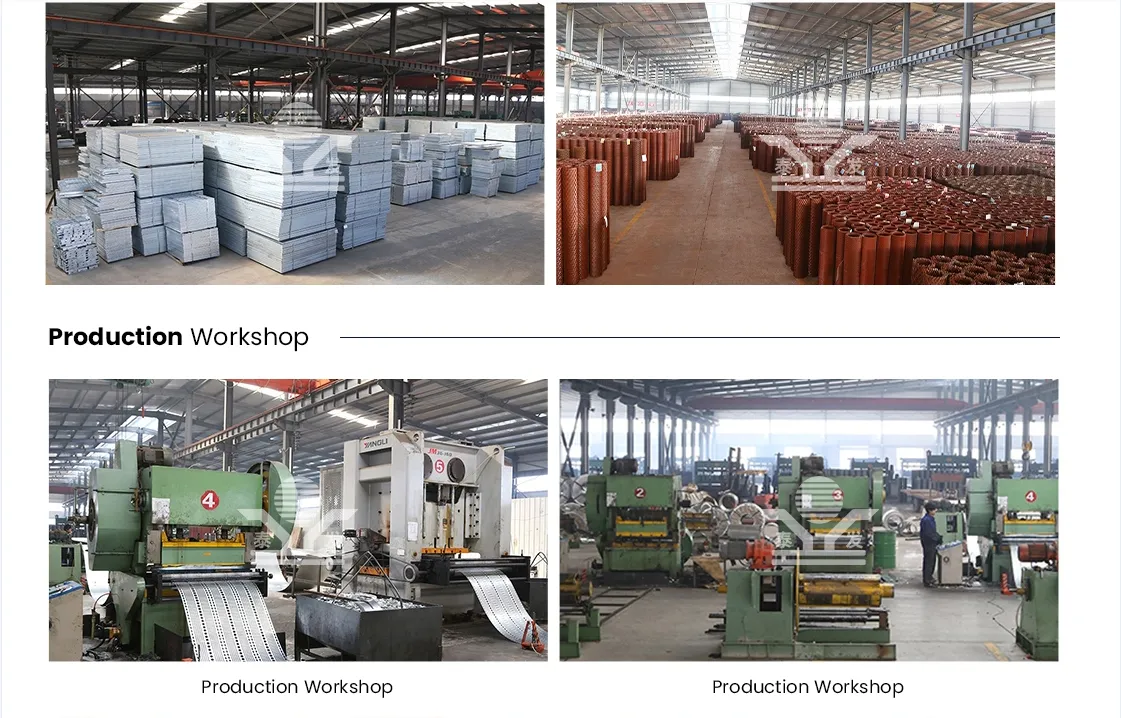Does Acoustic Fencing Really Work?
In an increasingly noisy world, the quest for peace and tranquility has led many individuals and businesses to explore various soundproofing solutions. Among these, acoustic fencing has emerged as a popular option for mitigating noise pollution. But does acoustic fencing really work? In this article, we will delve into the principles behind acoustic fencing, its effectiveness, and considerations for those contemplating its use.
Understanding Acoustic Fencing
Acoustic fencing is a specialized type of barrier designed to reduce noise transmission between different areas. Typically made from dense materials such as timber, metal, or plastic, these fences are engineered to absorb and deflect sound waves. The effectiveness of an acoustic fence depends on several factors, including its height, thickness, material composition, and overall design. It’s essential to note that while acoustic fencing can significantly minimize unwanted noise, it may not eliminate it entirely.
How Acoustic Fencing Works
The mechanics of acoustic fencing are based on the principles of sound absorption and reflection. Sound waves travel through the air and can bounce off surfaces. An acoustic fence works by creating a barrier that interrupts the path of these sound waves. When sound hits the dense material of the fence, some of its energy is absorbed, while the rest is either reflected back toward its source or diffused away from the area behind the fence.
For optimal results, acoustic fences should be constructed with specific characteristics in mind
. They should be tall enough to block the line of sight to the noise source, as this is often where much of the noise energy is directed. Additionally, the fence should be impervious to gaps, as even small openings can significantly reduce its effectiveness.Effectiveness of Acoustic Fencing
does acoustic fencing really work

Studies have shown that acoustic fencing can reduce noise levels by a considerable margin, often in the range of 5 to 25 decibels, depending on the factors mentioned earlier. For instance, in urban areas with heavy traffic, installing acoustic fencing can help create a more serene environment for residential properties located near busy roads. Similarly, businesses might use acoustic fencing as a way to protect their operational areas from external distractions, thereby boosting productivity.
However, the effectiveness of acoustic fencing is not uniform across all situations. The type of noise, the frequency of the sound waves, and the distance from the source can all influence the outcome. Low-frequency noises, such as rumbling from large trucks or machinery, are typically more challenging to mitigate than higher frequency sounds. Acoustic fencing is most effective against higher frequency sounds like voices or alarms.
Considerations for Installation
Before investing in acoustic fencing, several factors should be considered. First, assess the specific noise problems you face. Understanding the type of noise, its source, and its frequency can help determine if acoustic fencing is the right solution. Additionally, local regulations and aesthetic concerns should be taken into account, as some areas may have restrictions on fence height or materials.
Maintenance is another consideration; while acoustic fencing is generally durable, regular inspections and upkeep may be necessary to ensure its longevity and effectiveness. Furthermore, combining acoustic fencing with landscaping elements, such as shrubs or trees, can enhance sound attenuation while adding visual appeal.
Conclusion
In conclusion, acoustic fencing can be an effective solution for reducing noise pollution in various settings. Its ability to absorb and deflect sound waves makes it a valuable tool for homeowners and businesses seeking a quieter environment. However, it is essential to understand its limitations and consider factors such as the type of noise, design, and local regulations before installation. With the right approach and careful planning, acoustic fencing can be a worthwhile investment that contributes to a more peaceful and pleasant area.
-
Why Galvanized Trench Cover Steel Grating Resists Corrosion
NewsJul.10,2025
-
The Versatility and Strength of Stainless Expanded Metal Mesh
NewsJul.10,2025
-
Load Calculations in Steel Grating Platforms
NewsJul.10,2025
-
Keeping Pets and Kids Safe with Chicken Wire Deck Railing
NewsJul.10,2025
-
Hole Diameter and Pitch for Round Perforated Metal Sheets
NewsJul.10,2025
-
Aluminium Diamond Mesh in Modern Architecture
NewsJul.10,2025
Subscribe now!
Stay up to date with the latest on Fry Steeland industry news.

